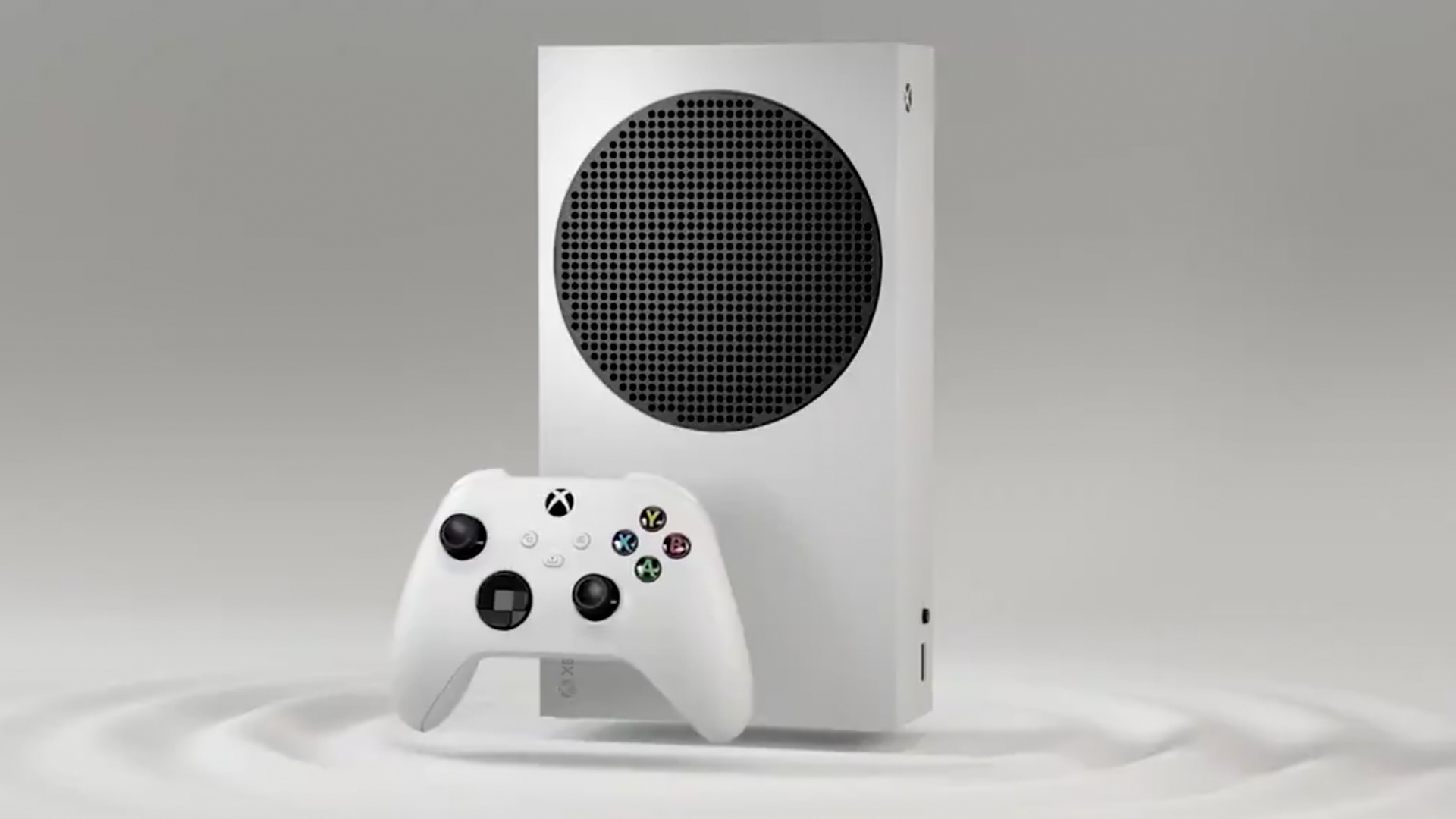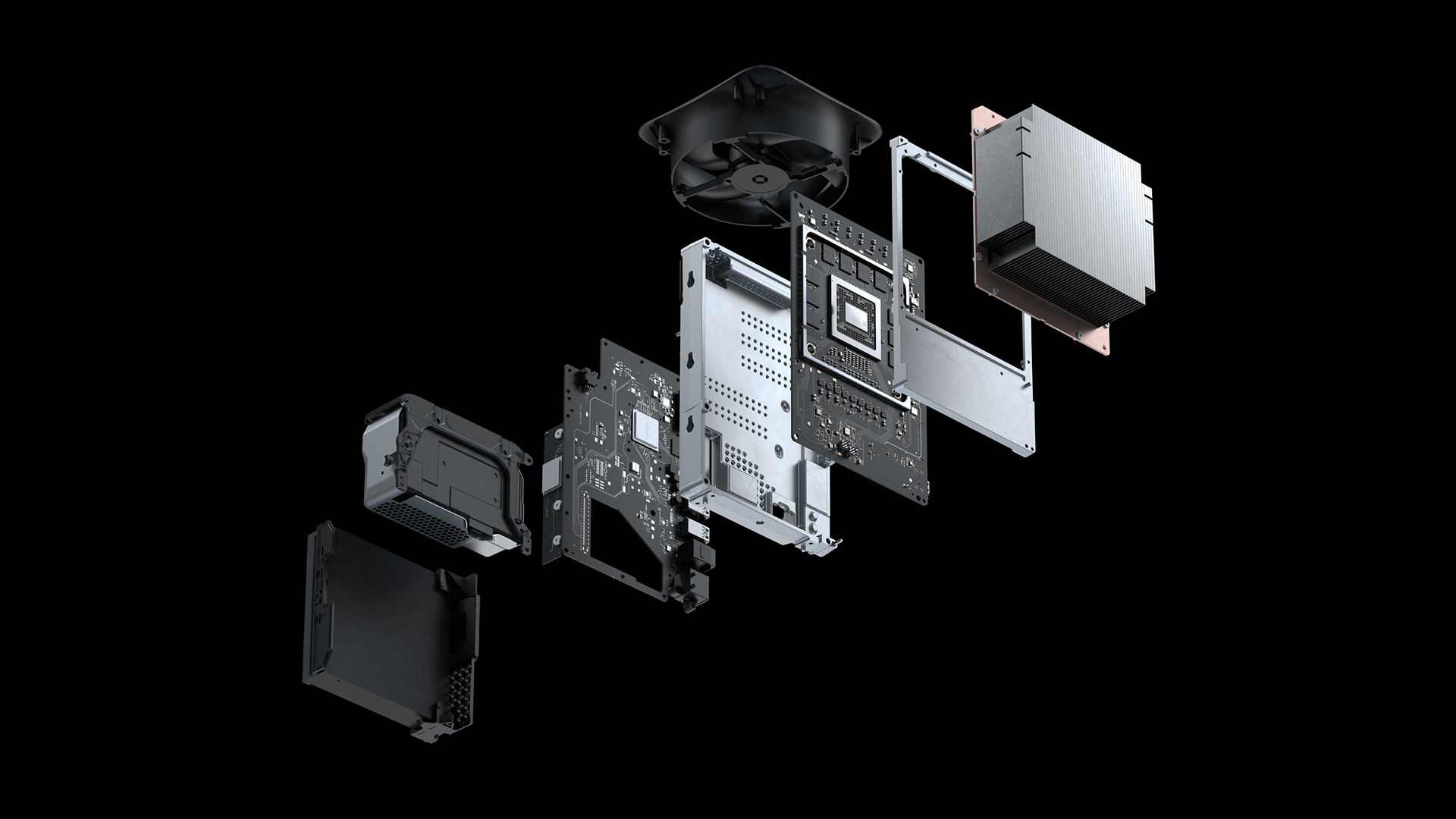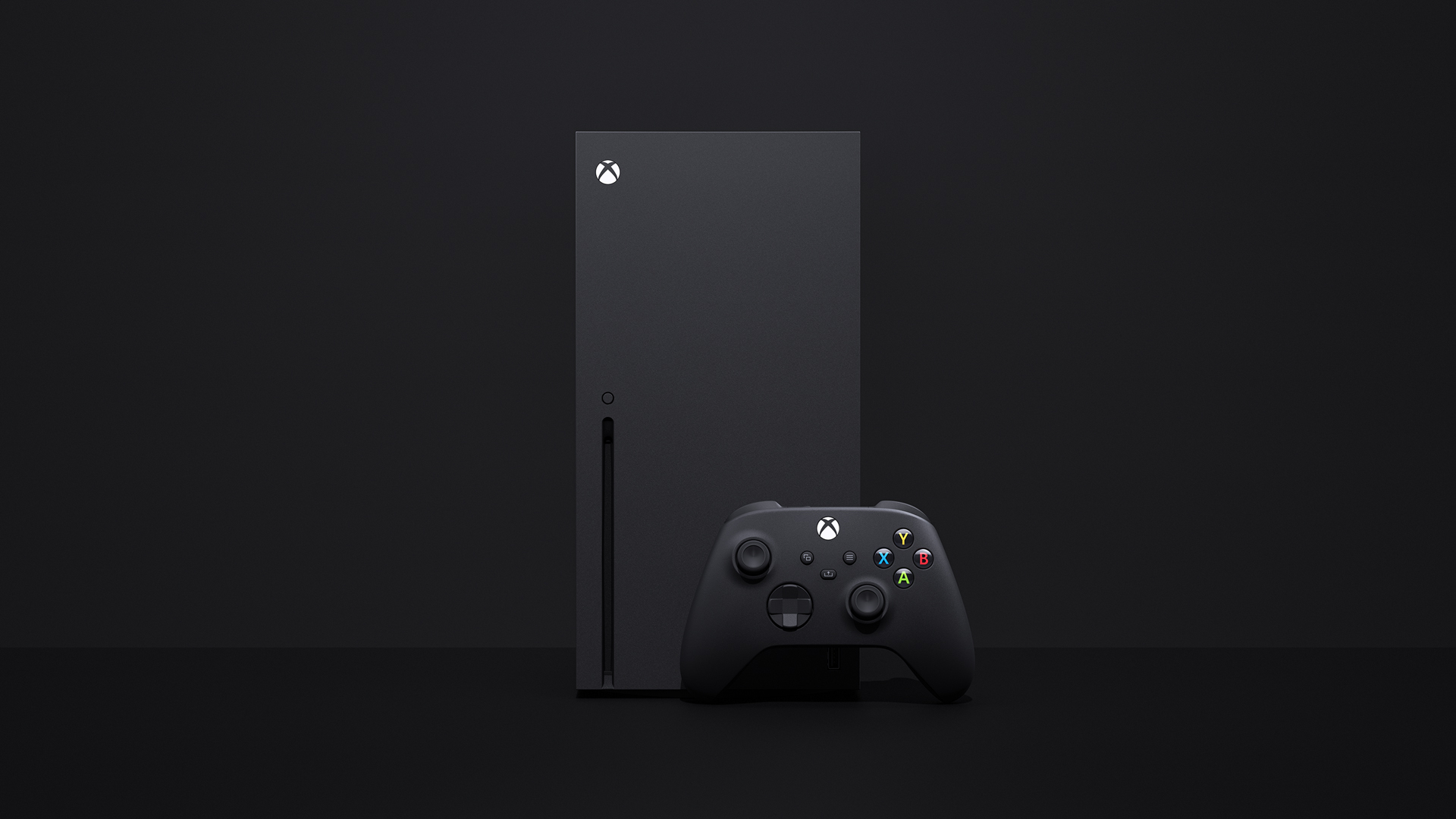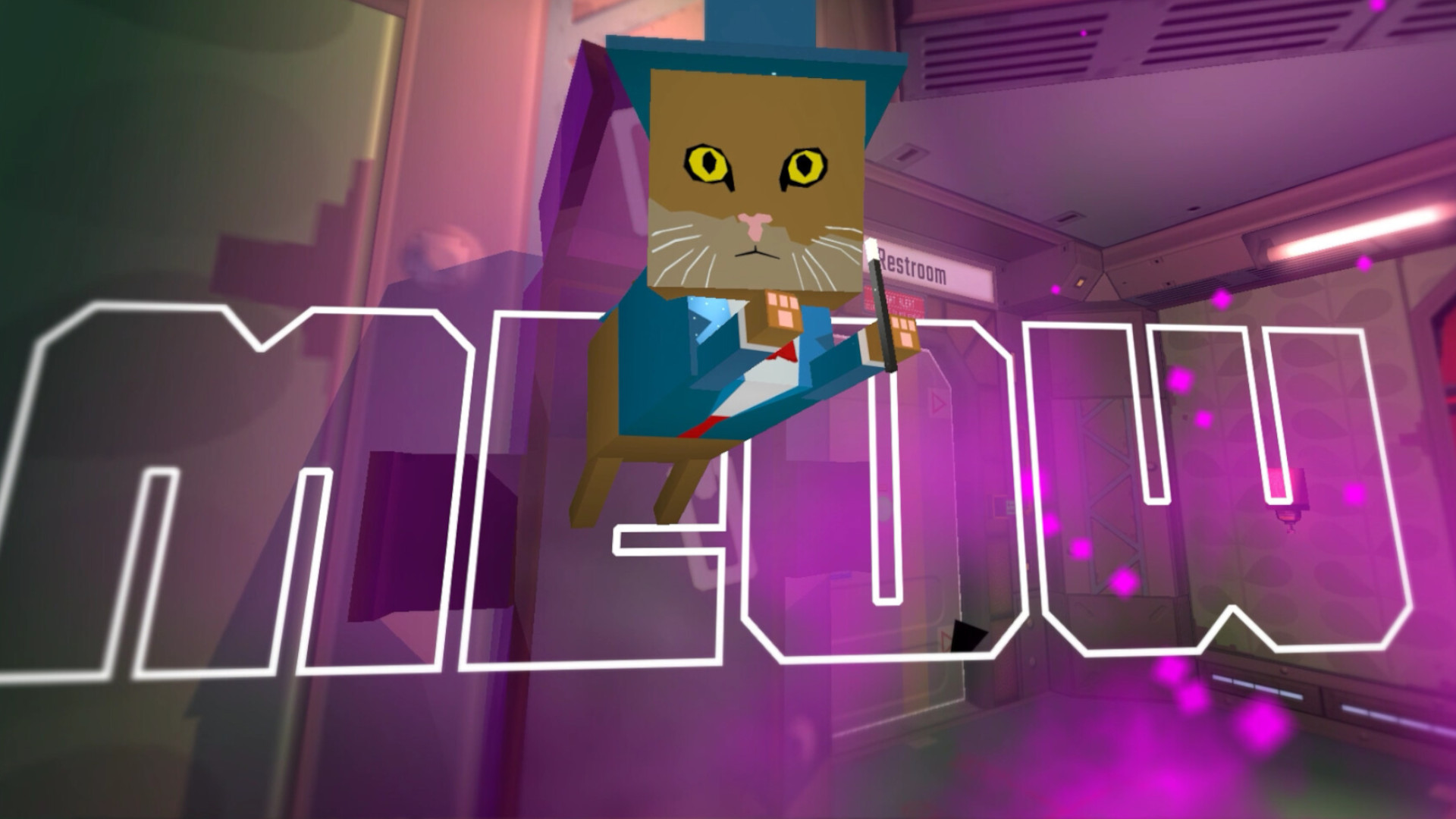
The Xbox Series S has been officially unveiled and with it comes the inevitable fallout. Microsoft has always had a fairly unconventional approach to naming its systems. Skipping willfully between Xbox, Xbox 360, Xbox One, and back to Xbox again, with a whole slew of different SKUs and brand extensions thrown into the mix for good measure. The confusion generated by the Xbox Series X and Xbox Series S offering online might be new, but it was entirely predictable.
I get the feeling that Microsoft is banking on the fact that it is selling this ecosystem to a generation of players (and parents) who have been steadily indoctrinated into the cyclical nature of the smartphone market. If you go to the Google Store and click the 'Phones' dropdown, it lists the following variants in order of: Pixel 4a, Pixel 4, Pixel 3a, Pixel 5, Pixel 4a (5G). The Apple store does the following: iPhone 11 Pro, iPhone 11, iPhone SE, iPhone Xr. It's hyper confusing and completely standard for that type of technology, so why not video game consoles too? If so many tens of millions of consumers are able to navigate that minefield with little fuss and a little googling, then surely a slice of that same demographic will be able to wrap their heads around the concept of the Xbox Series X, Xbox Series S, and Xbox One S come November.
It's worth taking all of this information in while remembering that Microsoft merely wants prospective players to enter into the Xbox ecosystem, and it doesn't appear to care all that much how they get there. Xbox Series S, Series X, and Xbox One owners will be playing the same first-party games and can enjoy the same Xbox Game Pass benefits for a number of years to come, while third-party publishers have the freedom to decide who it is leaving behind and when. And if people are still struggling to wrap their heads around it, then surely the rather attractive £250 / $299 next-gen entry point via Xbox Series S will do enough of the talking.
Microsoft loves creating chaos

I said uptop that this confusion over the name is predictable, because we've had this exact argument regarding Xbox branding before. Many times. The industry had it back when the Xbox 360 landed with "Core" and "Pro" packages on launch day. Back then, the deciding question to help confused consumers was largely reduced to: "do you want to access Xbox Live?" I know this, because I was still answering it as a GAME (UK equivalent of Gamestop or EB Games) sales assistant from 2007, two years on from the systems' launch.
If you didn't care about getting online, then the cheaper Core with its memory card would suffice. If you did, then you'd need the harddrive of the more expensive Pro system. Hell, go back to that 2005 launch, arriving at a time where Xbox Live was still establishing itself, in an era where broadband access wasn't quite as ubiquitous, the year YouTube made its debut and two years before the iPhone made its own. The decision between an Xbox, a 360 Pro, and a 360 Core was certainly a tougher sell and concept to parse than the one presented to prospective Xbox Series X and Xbox Series S owners today.

"Do you own a 4K TV that supports auto low-latency mode (ALLM), HDMI 2.1, and variable refresh rate (VRR), or plan on buying one in the near future?"
That's a discussion that will largely be reduced to this: Do you own a 4K TV that supports auto low-latency mode (ALLM), HDMI 2.1, and variable refresh rate (VRR), or plan on buying one in the near future? No? Then you'll be fine with the next-gen ready Xbox Series S. If it's a yes (lucky you), then you'll obviously want the future-proofed security offered by the powerhouse Xbox Series X – an expensive console designed for a core audience with existing and expensive setups. Do you just want a cheap Xbox branded box that will let you play Fortnite and Warzone with your friends, regardless of what console they own, and maybe Halo Infinite if you get bored of waiting for them to come online? Then get an (or keep your existing) Xbox One and jump into the next-generation when you're ready to.
By the time I finished working at GAME, I'm pretty certain that we were selling the Xbox 360 S in 4GB and 250GB configurations new, alongside multiple limited-edition variations with larger hard drives. We were also selling the many systems that preceded the slimmer model as pre-owned units: the Xbox 360 Core, Arcade, Elite, Super Elite, and two versions of the Premium (one with an HDMI port and one without it). Each of these systems overlapped while on sale at some point; it was fine, the Xbox 360 was fine. Then, Microsoft released the Xbox 360 E, which saw the system re-styled to actually look like an Xbox One, as it was actively trying to sell the Xbox One. Microsoft replayed this situation over again, as it overlapped packages between the Xbox One with and without Kinect at launch. They were followed by the SSHD-equipped Xbox One Elite, the Xbox One S, the Xbox One S All-Digital, and the Xbox One X. Confusing names and SKUs is Microsoft's thing. Consumers are quick to make sense of the mess.
Sign up to the GamesRadar+ Newsletter
Weekly digests, tales from the communities you love, and more
A new generation of next-gen players

The folk that muddied through those difficult naming conventions in the Xbox 360 days are the same people that have suffered through the smartphone naming convention nightmare, from the debut of the iPhone in 2007 and the rise of its many contenders. The Series S and Series X are being marketed to a prospective player base who are more au fait with video game consoles and the bizarre branding they can often carry than any generation before them. Things have changed. The Internet has changed. And it's all still easier than keeping up with the goings-on in the PC gaming hardware scene.
Are certain players and parents still going to be confused? Almost certainly. The fact that Xbox One started trending on Twitter as soon as the Xbox Series S was revealed is indicative of that. But, regardless, Microsoft is clearly unconcerned about the Xbox Series branding as many on the Internet appear to be, otherwise it wouldn't have taken it this far. And ultimately, I'm still convinced that figuring out the difference between a $299 Xbox Series S, $499 Series X, and an Xbox One S (the only Xbox One system that remains on shelves, following the discontinuation of the Xbox One S All-Digital and Xbox One X earlier this year) is going to be far easier than it was helping people figure out the particulars between Pro, Arcade, Elite, and Slim models back in the X360 days. The truth is, we're all confused about something, aren't we? I spent four weeks trying to work out which variation of Rice Cooker to buy from Yum Asia – a question that somebody in the world would themselves be able to answer in a heartbeat. But I figured it out eventually (by asking Twitter, obviously). It's like I said before, we're always willing to make sense of the mess when we need to.
Earlier today, a Xbox Series S revealed post detailed the new console and confirmed a November 10 release date. Here's hoping we get similar info on the Xbox Series X price and release date soon.

Josh West is the Editor-in-Chief of GamesRadar+. He has over 15 years experience in online and print journalism, and holds a BA (Hons) in Journalism and Feature Writing. Prior to starting his current position, Josh has served as GR+'s Features Editor and Deputy Editor of games™ magazine, and has freelanced for numerous publications including 3D Artist, Edge magazine, iCreate, Metal Hammer, Play, Retro Gamer, and SFX. Additionally, he has appeared on the BBC and ITV to provide expert comment, written for Scholastic books, edited a book for Hachette, and worked as the Assistant Producer of the Future Games Show. In his spare time, Josh likes to play bass guitar and video games. Years ago, he was in a few movies and TV shows that you've definitely seen but will never be able to spot him in.


